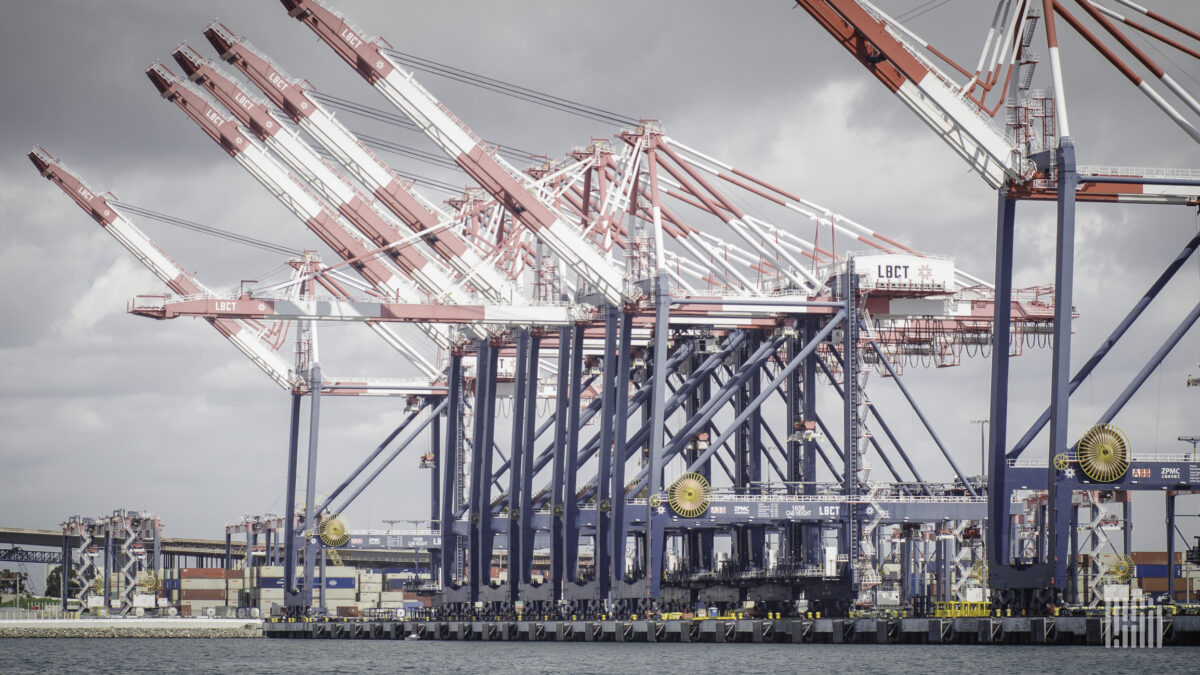[ad_1]


Greenfield construction occurs when a company builds its own, brand-new facilities from the ground up. Brownfield investment happens when companies invest to improve the performance of existing facilities.
Greenfield investments are much bigger capital expenditures. This form of investment allows the latest technology to be employed and for a facility to be built that meets all of a company’s current needs.
With brownfield investment, the layout of the building and existing equipment often limits what new material handling equipment can be employed. Furthermore, over time, the location and size of a facility may limit the ability of that company to meet the current demands placed upon it.
Nevertheless, when it comes to warehouses, this is the year of the brownfield according to David Latona, the CEO of Tompkins Solutions. Tompkins Solutions is a provider of warehouse design and warehouse automation systems integration.
During COVID, retailers had supply constraints and surging consumer demand for consumer electronics, groceries, and other products. Retailers placed big orders in hopes of getting at least some of the inventory they needed. But in 2022, many retailers realized they had too much inventory.
Retailers are still bleeding down their inventory. In the third quarter of 2022, retail inventories reached their peak. For much of 2023, retailers have been working to bring inventory levels back in line with demand — sometimes sacrificing profit in the short term. During the quarterly earnings calls, publicly owned retailers continue to tell Wall Street about the progress they have made in reducing or “right sizing” their inventory while improving the mix. Improving mix means retailers are striving to have more items stocked that consumers really want to buy.
While trade is swinging back to the port of Los Angeles/Long Beach, which is North America’s biggest box port, that port processed 13% fewer containers in 2023 than it did in 2022.
It is also not surprising that there was a 25% slowdown in the number of new warehouses being built in the US and Europe in 2023. Consequently, demand for end-to-end automation decreased. That also led to slowing demand for bolted down automation in the warehouse, although demand for mobile robots continued to grow.
Consumer sentiment has improved. But for companies looking at big capital expenditures, there will be a delayed response. But Mr. Latona says that companies are still shying away from spending on big green-field investments. Between buying the lot, permitting, constructing the warehouse, and installing the latest automation, a new facility can easily cost $100 million. In this still uncertain environment, many companies are not willing to make that investment.
“It’s the time to look inside your existing operations and facilities until the uncertainty is reduced. Demand will come back,” Mr. Latona averred, “it always does.” And companies need to be ready for that demand when it arrives.
There is a lot that companies can do to prepare for the inevitable surges in demand without spending $20 million on the latest end-to-end automation solutions.
Continue to invest in the maintenance that will keep your equipment running at peak performance. Consider upgrading software and material handling equipment like sorters.
Don’t ignore your people. “When you’re in a distribution center, it’s easy to not pay attention to 320 temp workers that work alongside your 40 full time employees. Make sure that they’re happy and that they’re being treated properly. And I’m not talking about abuse. I’m talking about neglect.” Give them the attention they deserve!
There are also point automation solutions that do not take up a lot of space. These includ robotic arms for sortation – “which are really coming of age,” robots for shrink-wrapping pallets, and packaging machines that make sure the package a consumer shipment goes into is just the right size and that a company is not paying too much dunnage.
And it is always the right time to look at operations. “Are you optimized?” Mr Latona asks. “Are you invoicing cleanly? Are you shipping from the most advantageous point of origin to your customer and minimizing freight spend?”
[ad_2]
Source link












